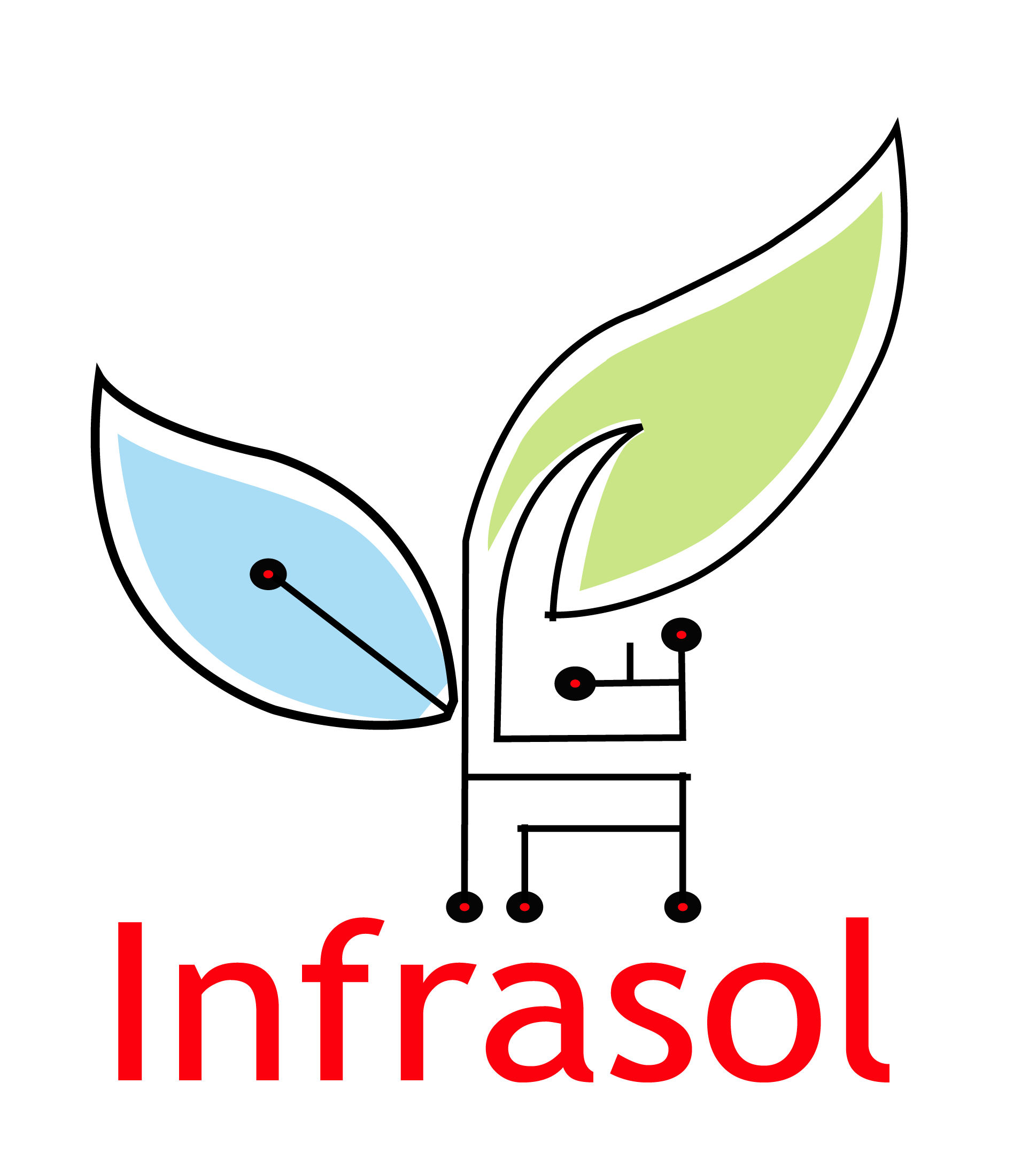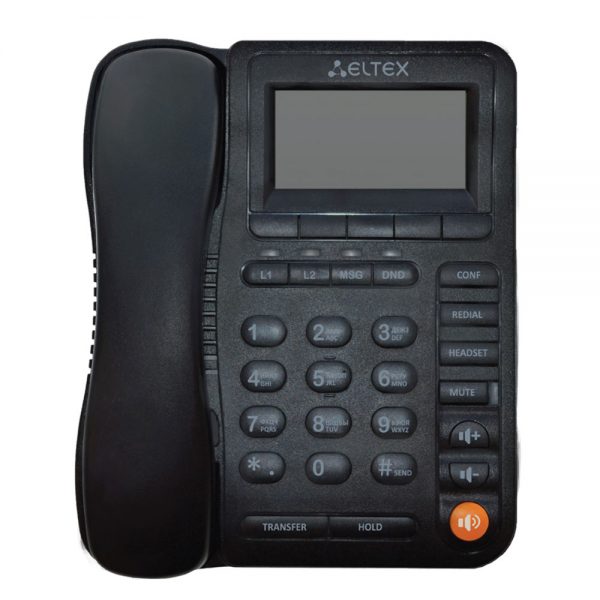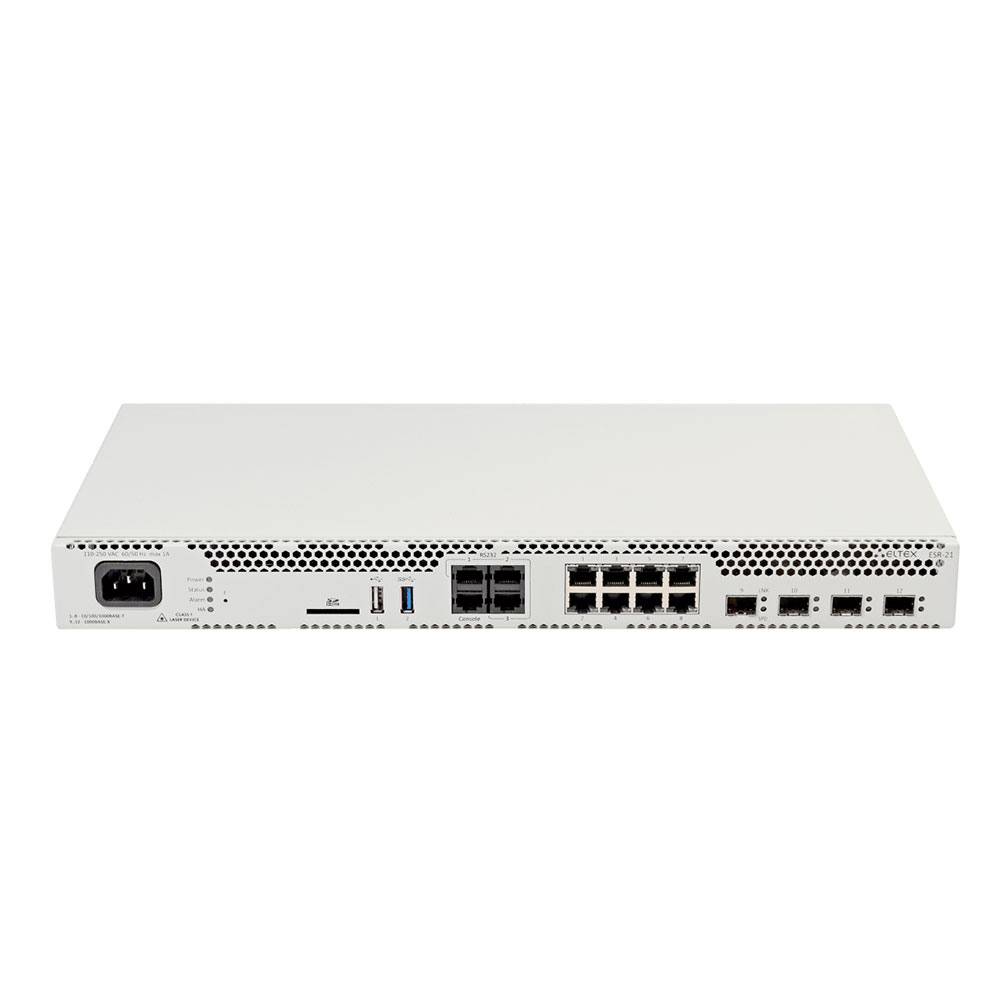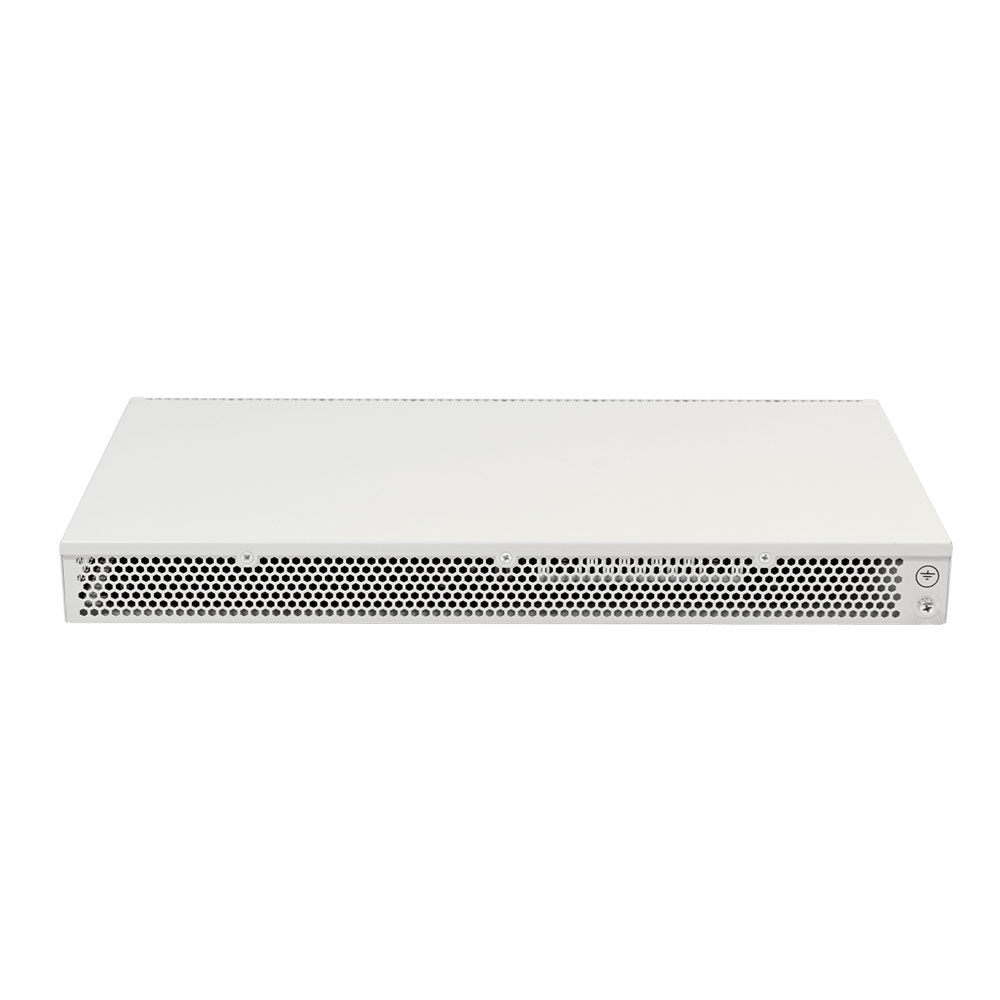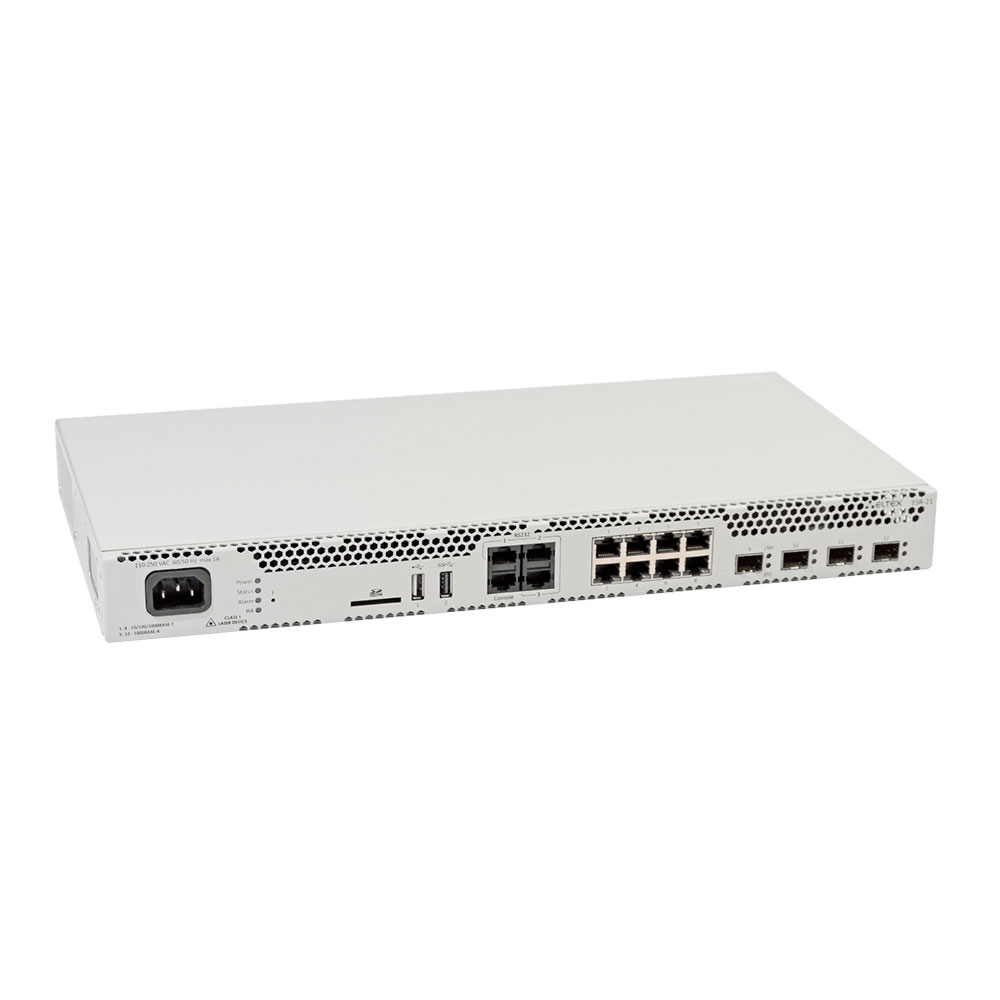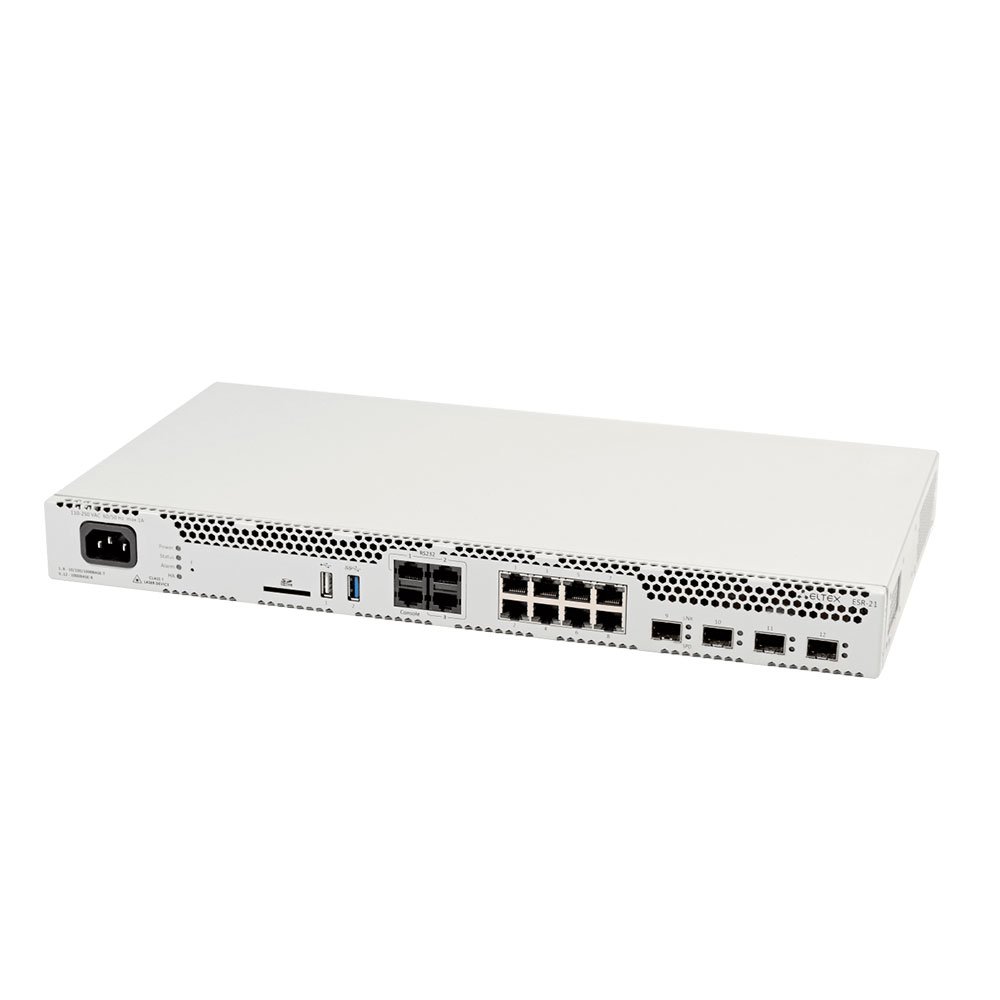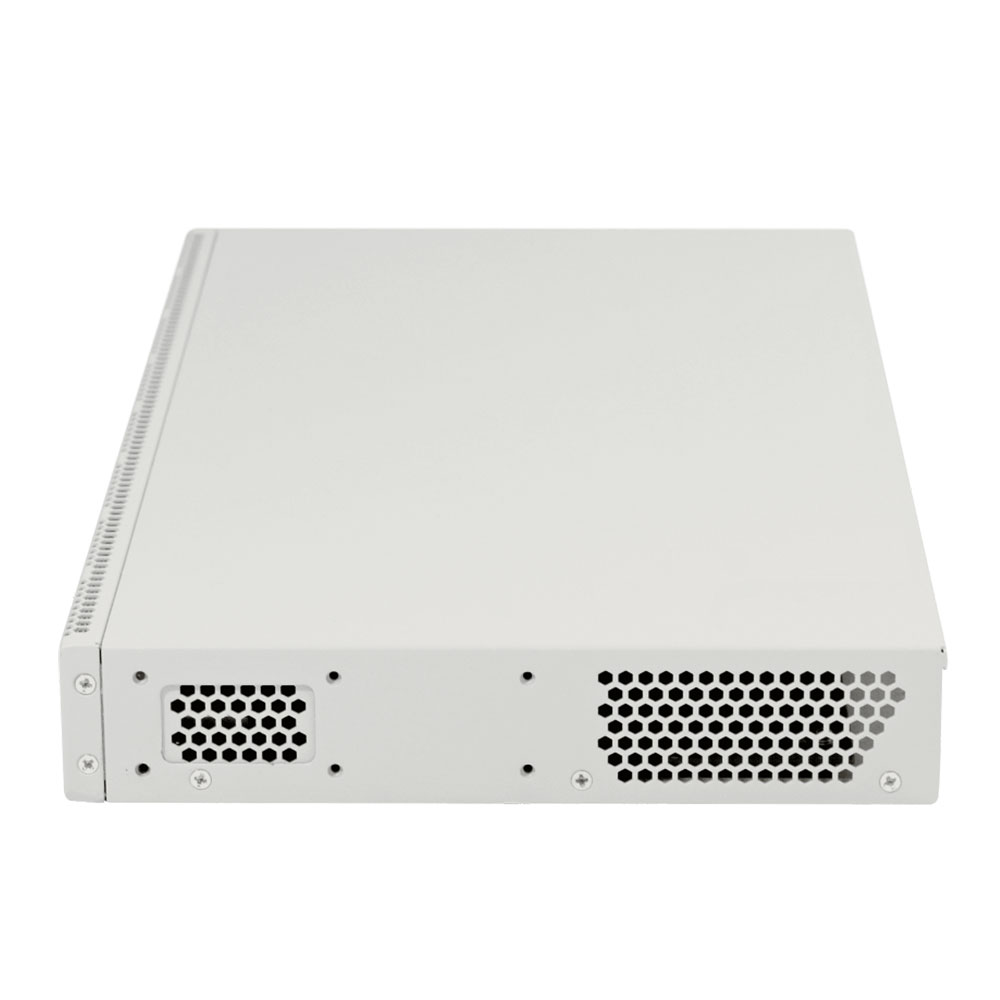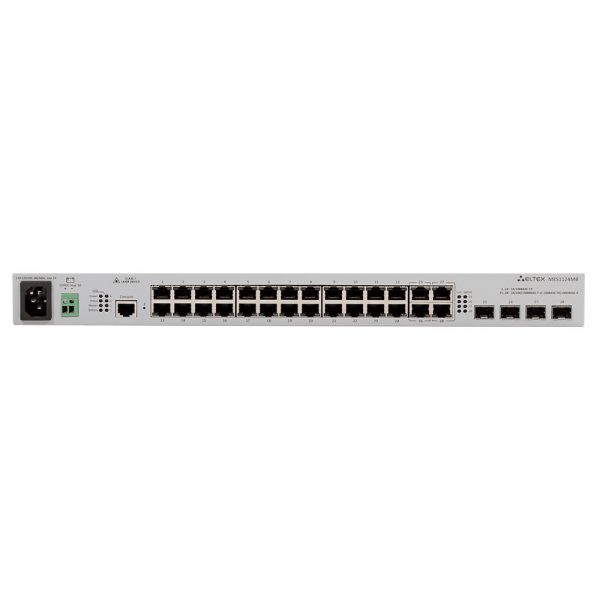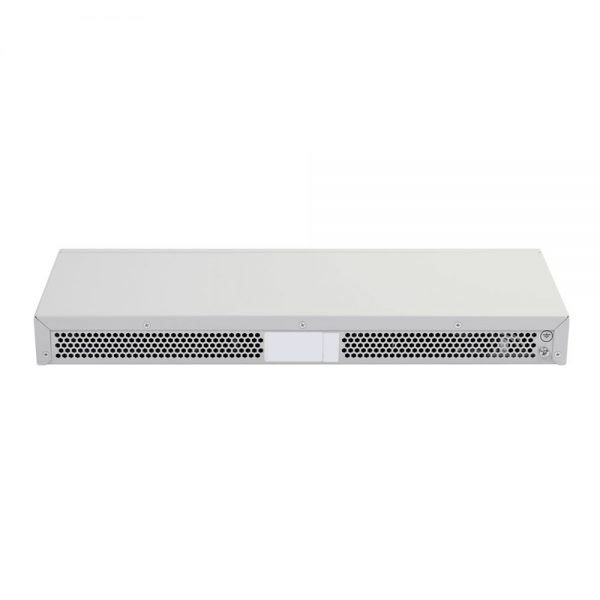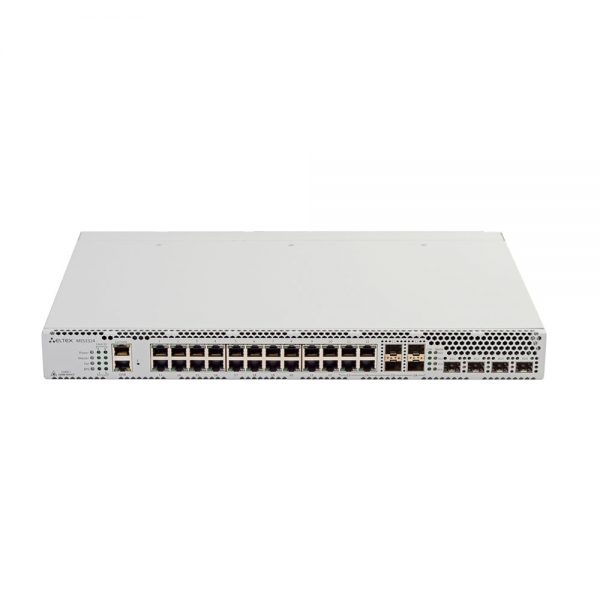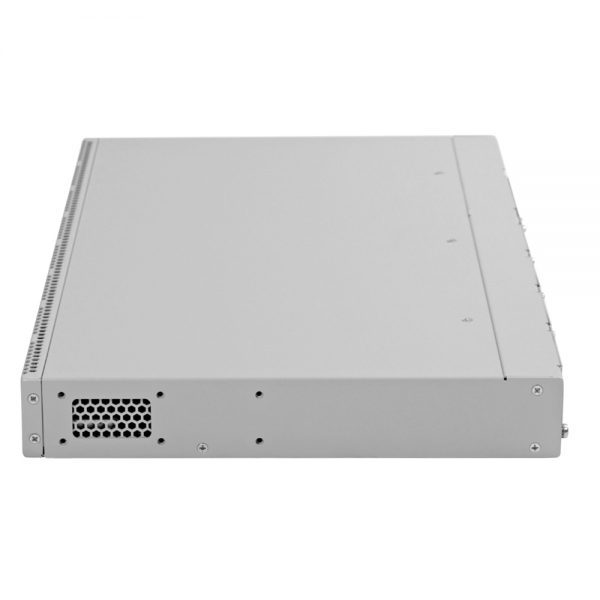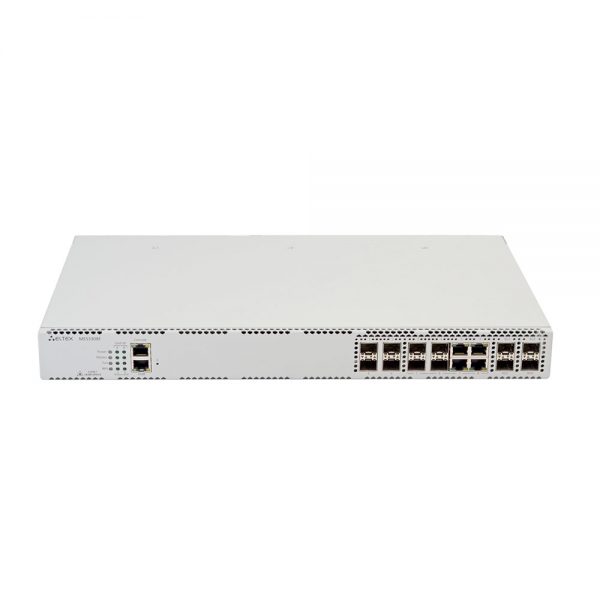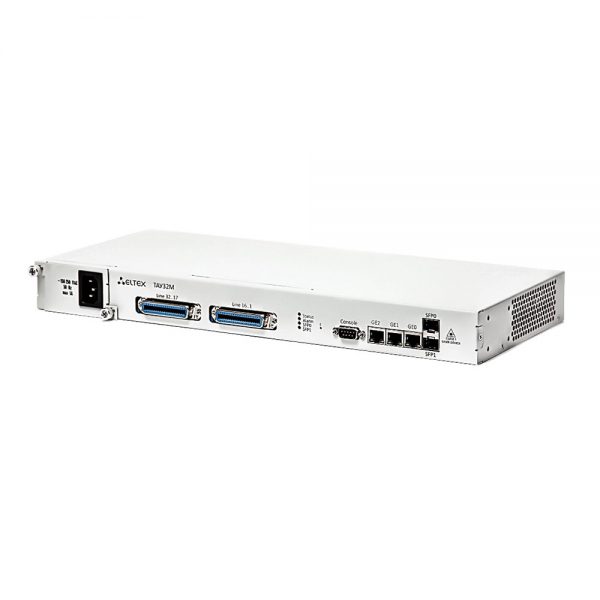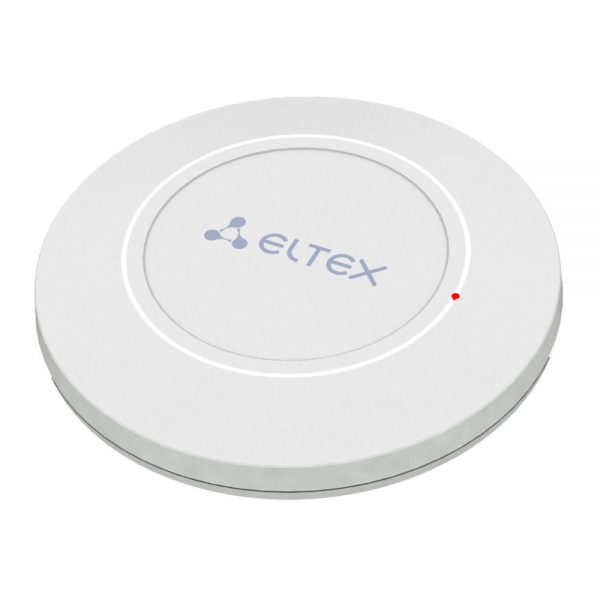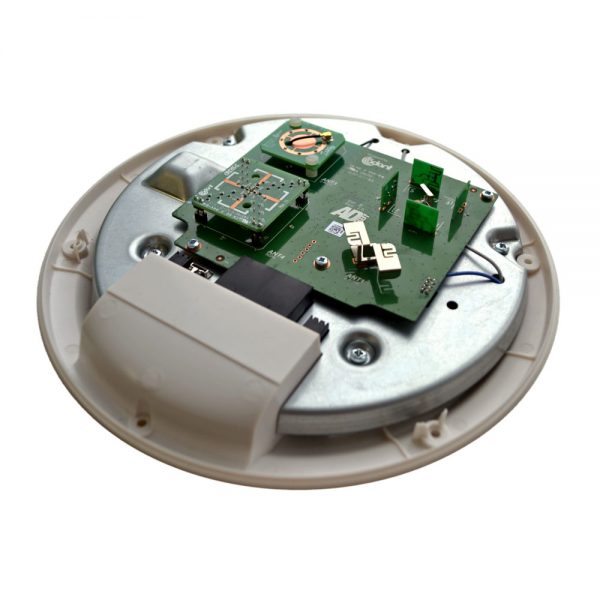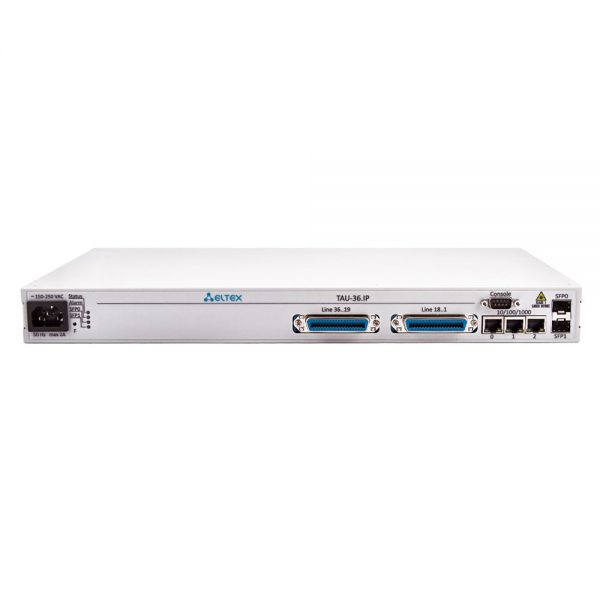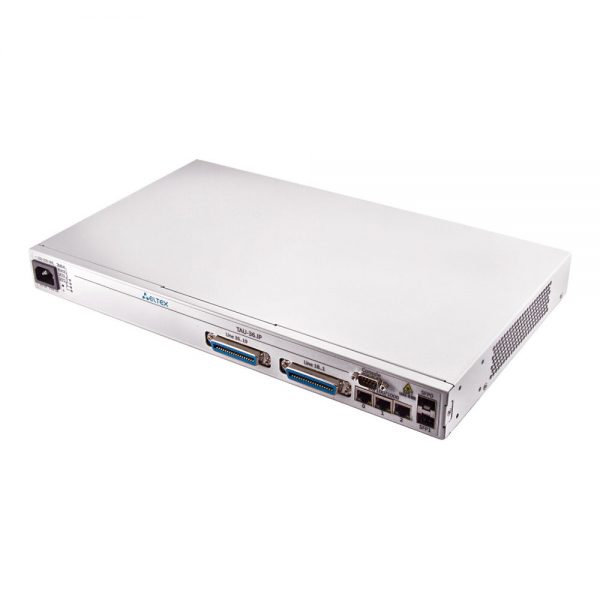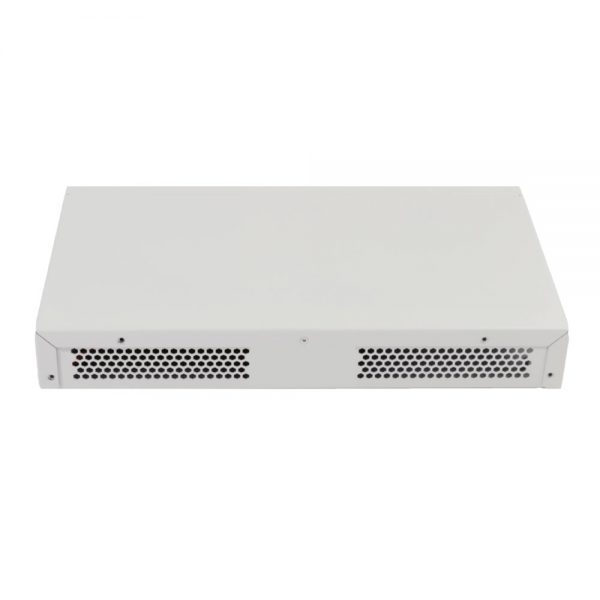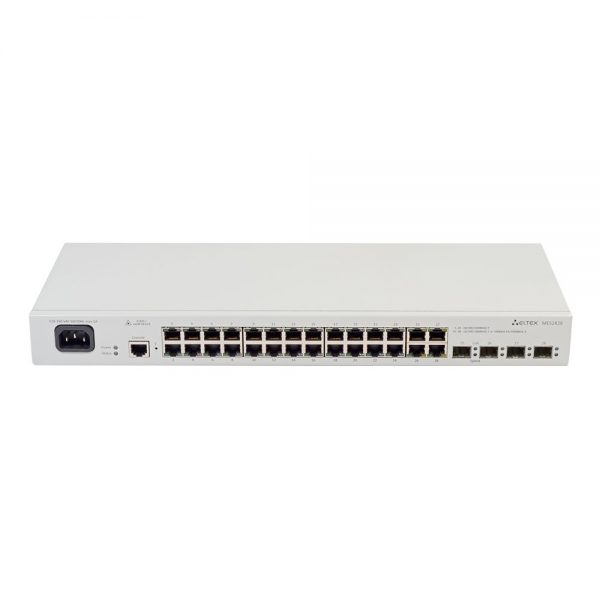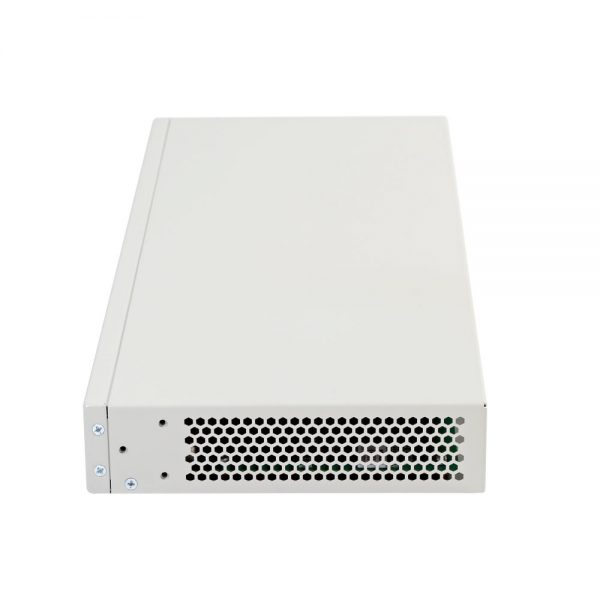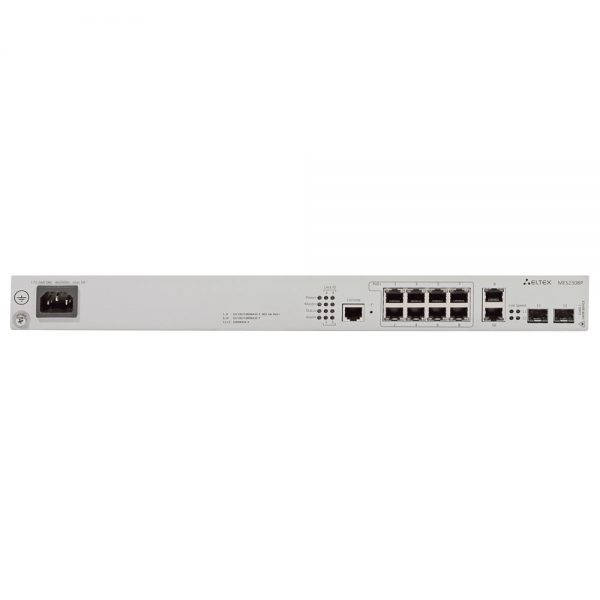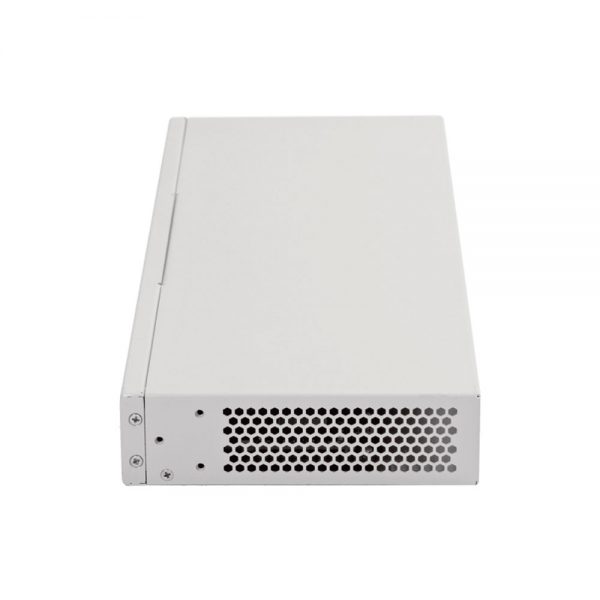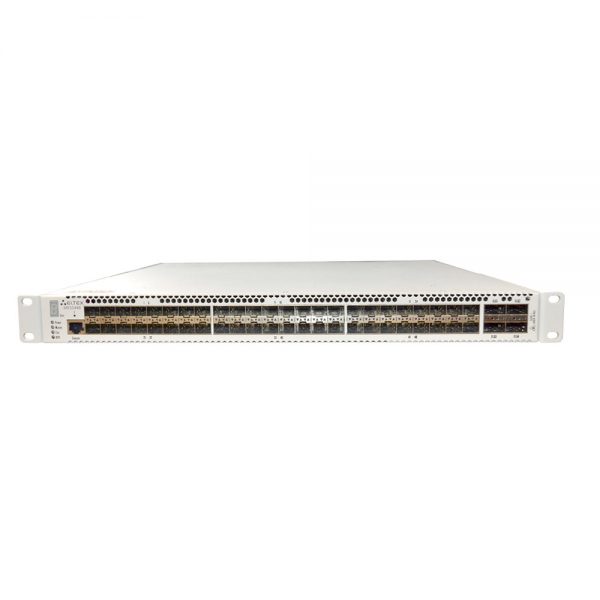Interfaces
– 4xEthernet 10/100/1000BASE-X
– 3хSerial (RS-232)
– 1xConsole (RJ-45)
– 1хUSB 2.0
– 1хUSB 3.0
L2 functions
– Packet swtching (bridging)
– LAG/LACP (802.3ad)
– VLAN, Q-in-Q (802.1Q)
– Logical interfaces
– LLDP
– VLAN based MAC
L3 functions (IPv4/IPv6)
– NAT, Static NAT, ALG addresses translation
– Static routes
– Dynamic routing protocols RIPv2, OSPFv2/v3, BGP
– Prefix-List
– VRF Lite
– Policy Based Routing (PBR)
– BFD for BGP, OSPF, static routes
IP addressing management (IPv4/IPv6)
– Static IP addresses
– DHCP client
– DHCP Relay Option 82
– Embedded DHCP server (options: 43, 60, 61, 150)
– DNS resolver
– IP unnumbered
Quality of Service (QoS)
– Up to 8 priority queues per port
– L2 and L3 traffic prioritization (802.1p, DSCP, IP Precedence)
– Queues overload management RED, GRED
– Port prioritizing, VLAN
– Resources of priority remarking
– Policy enforcement (policing)
– Bandwidth management (shaping)
– Hierarchical QоS
– Session marking
VPN tunnels
– L2TP – client and server modes
– PPTP – client and server modes
– PPPoE client
– OpenVPN server
Tunneling
– EoGRE, IPoGRE
– IPIP
– L2TPv3
– Logical Tunnel (inter VRF-lite routing)
Additional interfaces
– Remote console access to nearby equipment (AUX port)
– Operation with wired modems in Dial Up and Leased Line modes (connection of RS-232)
– Operation with 3G/LTE modems (connection of USB or RS-232)
– Support for PPP, ML-PPP via E1 G.703 interface (up to 4 interfaces when setting TopGate SFP modules)
Network reliability assurance means
– VRRP v2,v3
– Route tracking based on VRRP state
– WAN interfaces load balancing, data stream redirection, failover in case of evaluation of channel quality
– Firewall sessions backup
BRAS (IPoE)1
– User termination
– Bandwidth management
– Limiting by traffic amount, by session time or by network applications
– HTTP/HTTPS Proxy
– HTTP/HTTPS Redirect
– White/black URL lists
– Interaction with ААА, PCRF
– Additional user authentication by MAC address
– Session accounting via Netflow protocol
Network security functions
– Network interfaces zoning
– Zone isolation, Firewall, data filtering rules
– IPSec:
– Policy-based and route-based modes
– DES, 3DES, AES, Blowfish, Camelia encryption algorithms
– IKE MD5, SHA-1, SHA-2 logs authentication
– Support for access control lists on the base of MAC and IP addresses
– DoS/DDoS attacks defense and notification
– Traffic filtering by applications
– Web filtration by URL, by content (cookies, ActiveX, Javascript)
SLA supervision functions
– Eltex SLA
Estimation of communicating channels parameters:
– One-way delay/two-way delay
– One-way jitter/two-way jitter
– One-way packet-loss/two-way packet-loss
– Error index in packets
– Wrong sequence of packets delivery
– Wellink SLA (wiSLA)1
Monitoring and control
– Management interfaces: CLI, SNMP
– In-built Zabbix agent
– Standard and enhanced SNMP MIB support
– Authentication via local user database by means of RADIUS, TACACS+, LDAP protocols
– Access level management
– Protection from configuration errors, automatic configuration recovery. Ability to reset configuration to default settings
– System resources usage monitoring
– Service/processes information displaying
– Netflow v5/v9/v10 (URL statistics export for HTTP, host for HTTPS)
– Ping, traceroute (IPv4/IPv6), displaying information of packets in the console
– Syslog
– NTP
– Firmware update, including remote mode
– Upload and download of configuration via TFTP, SCP, FTP, SFTP
– Local control – console RS-232 (RJ-45)
– Remote control (IPv4/IPv6) – Telnet, SSH
The feature set is available in 1.5.1 firmware version
1Activated by the license
